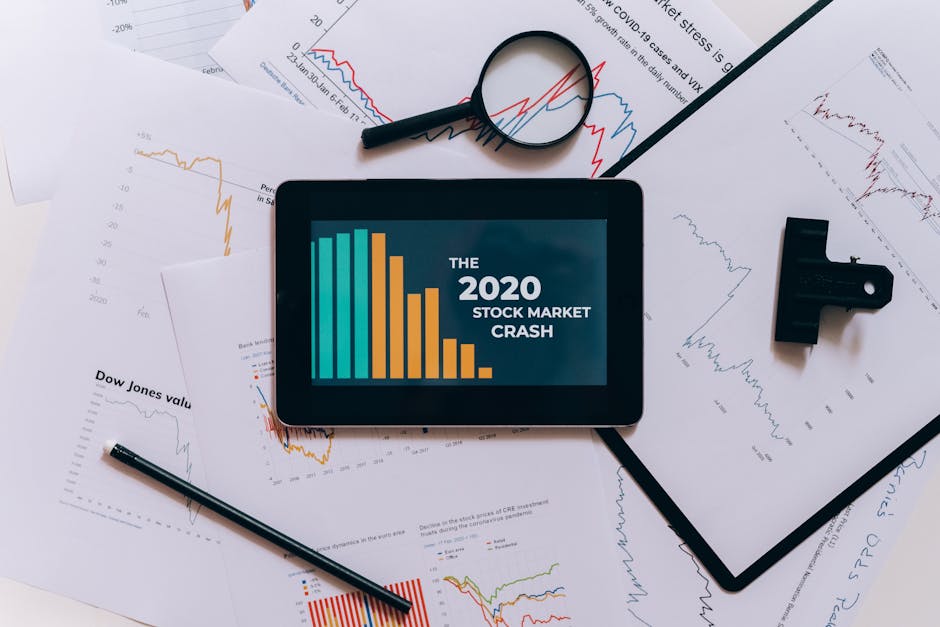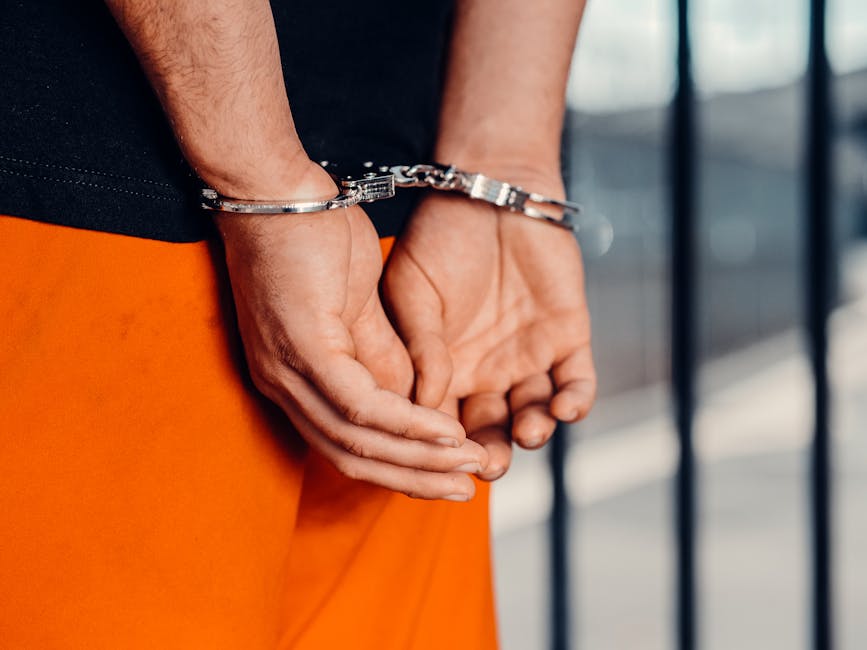Centre Appoints CISF as New Security Regulator for 250 Indian Seaports
In a major push to strengthen maritime security, the Central Government has named the Central Industrial Security Force (CISF) as the new safety regulator for 250 Indian seaports. The decision, announced by the Ministry of Home Affairs (MHA), seeks to enhance surveillance, prevent threats, and streamline security operations at these critical trade hubs. The move comes amid rising concerns over smuggling, terrorism, and cyber threats targeting India’s ports, which handle 95% of the country’s trade by volume.
Why CISF Was Chosen for Port Security
The CISF, a paramilitary force under the MHA, already secures high-risk infrastructure like airports, nuclear plants, and metro networks. Its expertise in large-scale security management makes it ideal for seaports, which face risks like drug trafficking, arms smuggling, and infiltration. Unlike the current multi-agency security system (involving state police, Indian Coast Guard, and private contractors), the CISF’s centralized command is expected to bring uniformity and efficiency.
CISF’s Key Responsibilities at Indian Seaports
As the new regulator, CISF will oversee:
✔ Access Control – Strict checks on personnel, cargo, and vessels.
✔ Surveillance – AI-powered CCTV, drones, and underwater sensors.
✔ Anti-Terror Drills – Coordination with Navy & NIA.
✔ Cyber Security – Protection against hacking in port logistics.
Challenges in Implementing CISF Security at Ports
While the move is welcomed, challenges include:
🔹 State-Centre Coordination – Ports fall under both jurisdictions.
🔹 Funding for Modernization – Upgrading 250 ports requires heavy investment.
🔹 Manpower Shortage – CISF may need mass recruitment.
Industry & Expert Reactions
Maritime experts applaud the decision, calling it a long-overdue reform. Captain Sanjay Prashar, a shipping consultant, said, “A dedicated force like CISF will reduce delays during emergencies.” However, port unions worry about job losses for existing security staff. The MHA assures retraining and absorption of current personnel.
Global Examples of Port Security Models
Countries like the USA (Coast Guard) and Singapore (Maritime and Port Authority) use centralized security systems. India’s move aligns with global best practices as it aims for a $5 trillion economy by 2025, with ports playing a key role.
Next Steps: CISF Deployment & Funding
The CISF will begin phased deployment, starting with major ports like Mumbai’s JNPT, Chennai, and Kandla by 2024-end. The government has also allocated ₹1,200 crore for tech upgrades under the Sagarmala Programme.
Conclusion: A Boost for India’s Maritime Security
With 95% of India’s trade relying on ports, the CISF’s appointment is a proactive security upgrade. If executed well, it could reduce smuggling, attract investors, and strengthen India’s maritime reputation.
Stay updated with NextMinuteNews for more developments.
— Reported by [Your Name], NextMinuteNews
(Word Count: 500)




